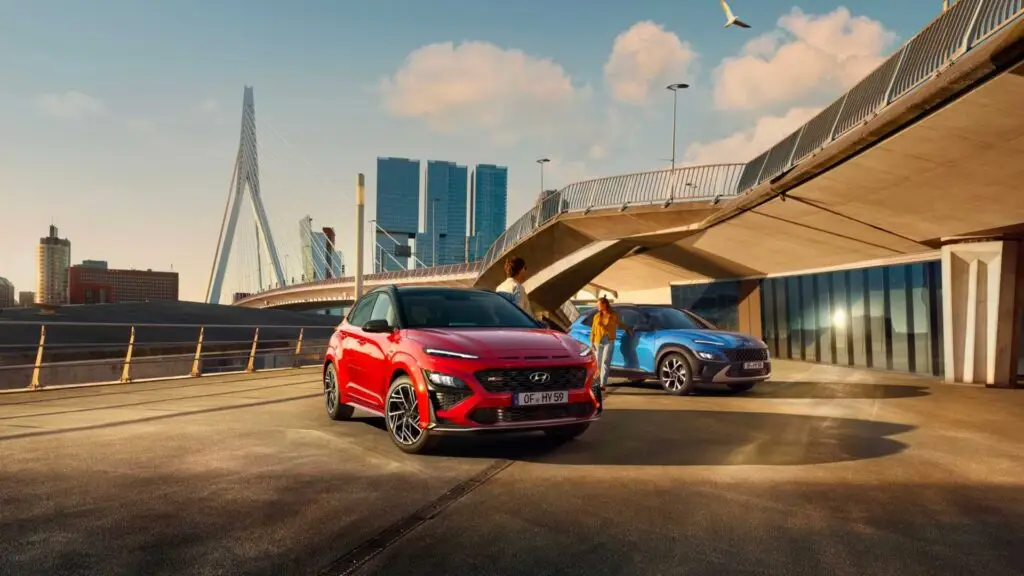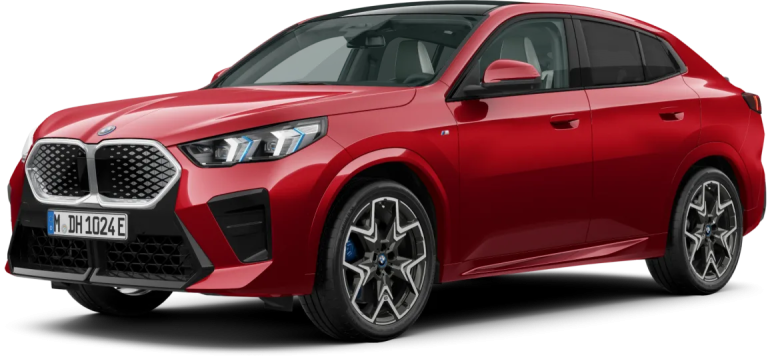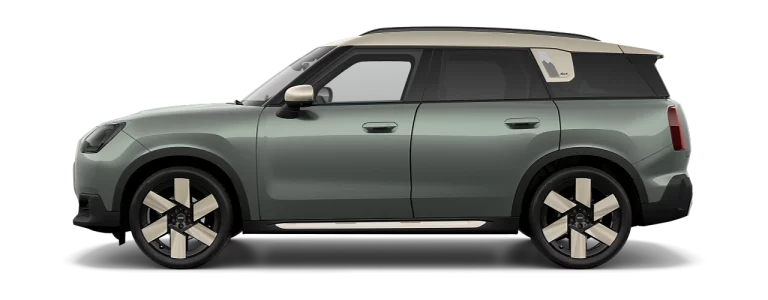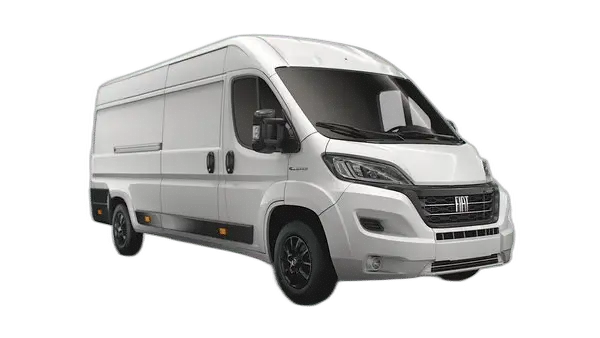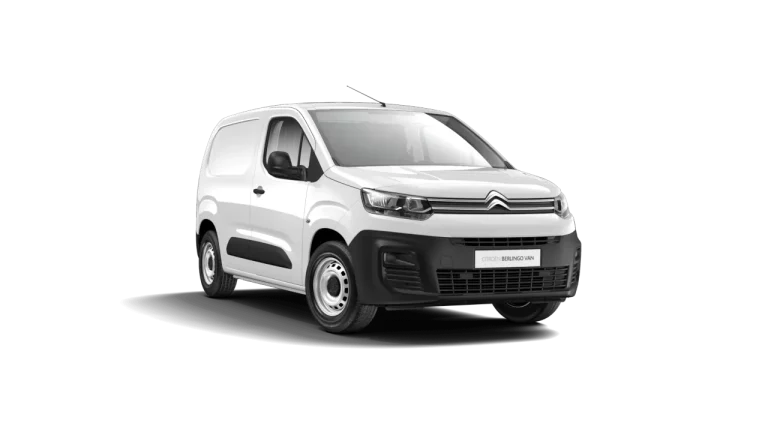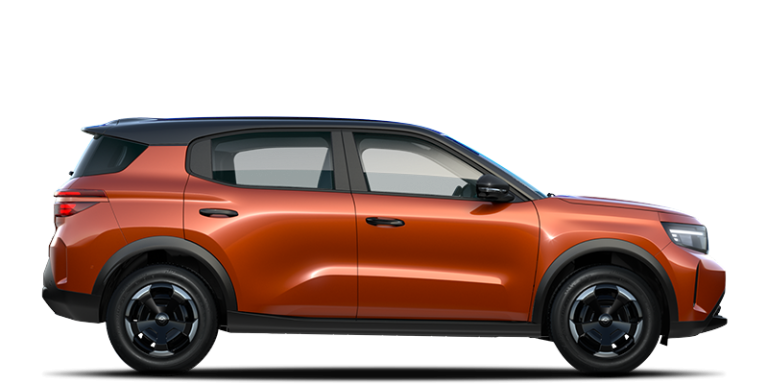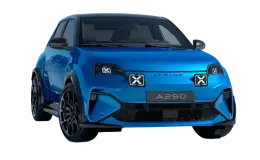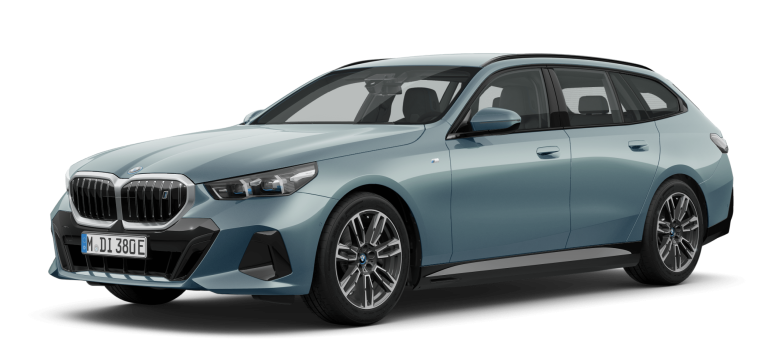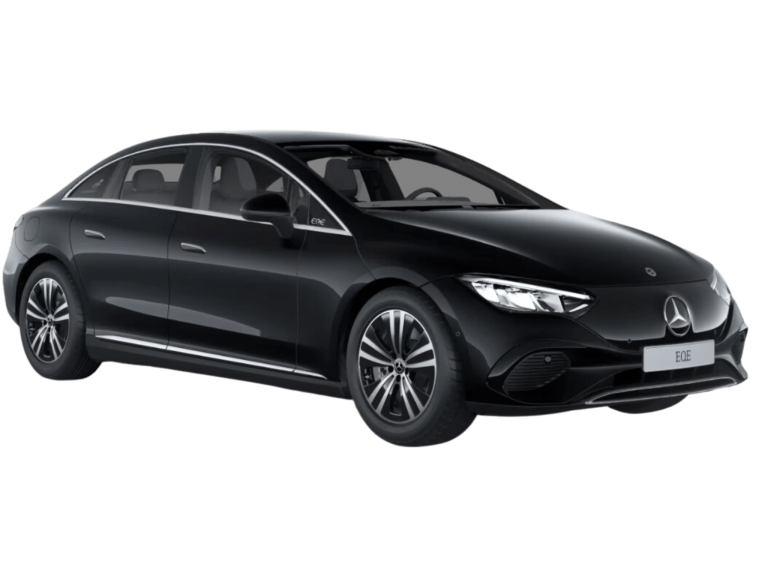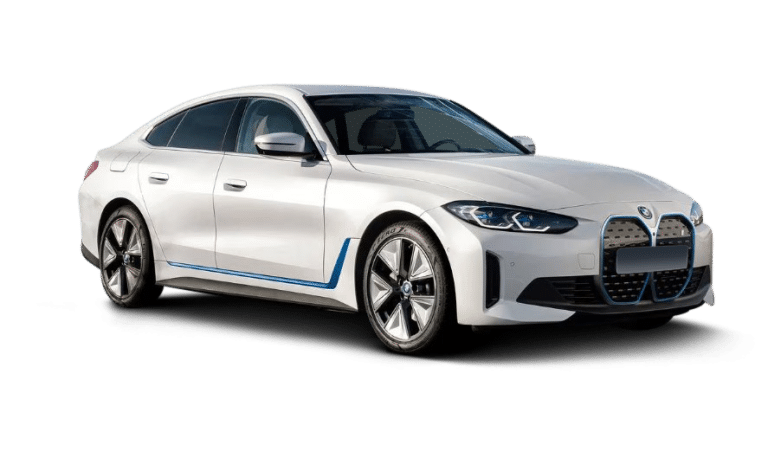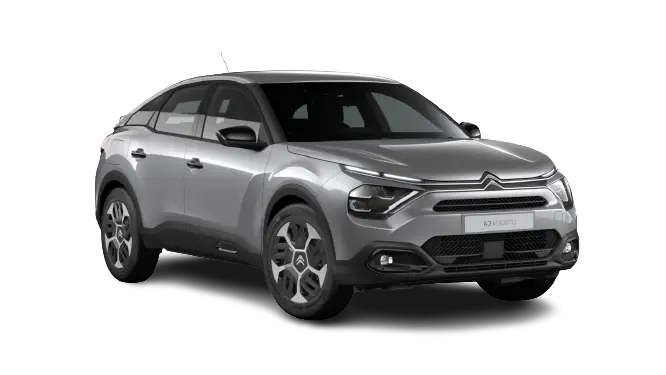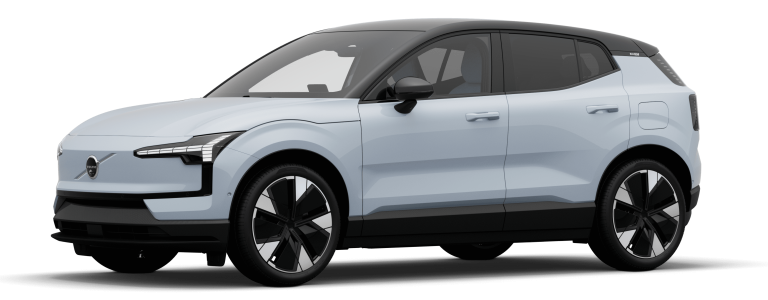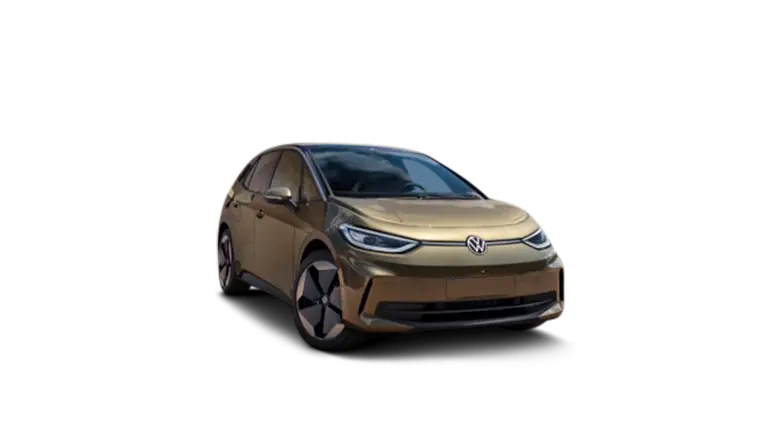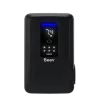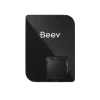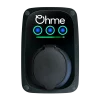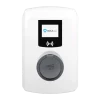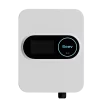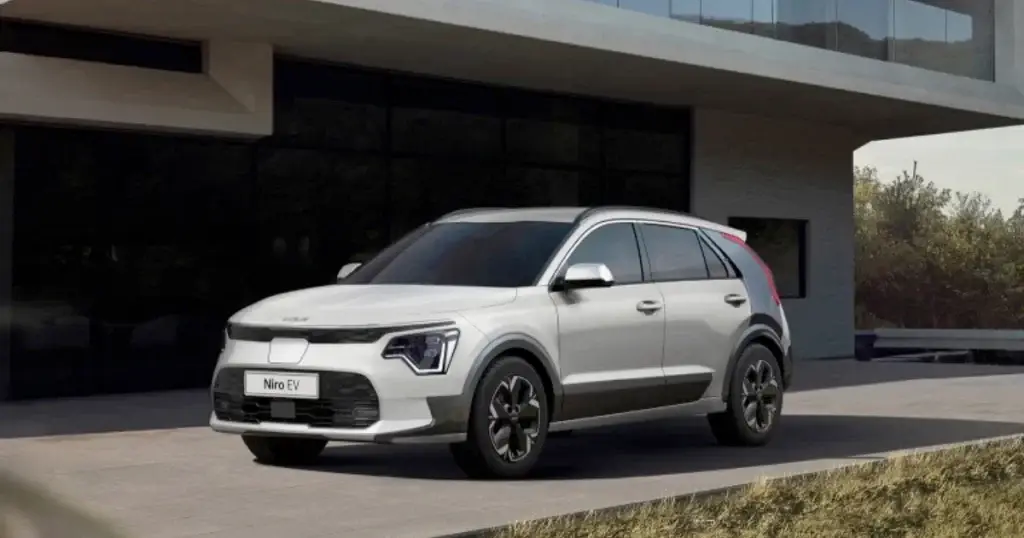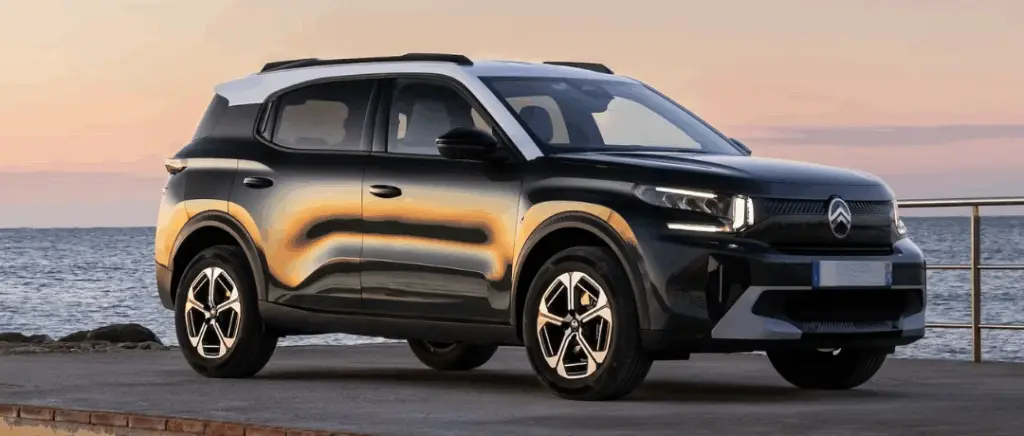Compare these two electric cars
With our tool electric vehicle comparator you can compare the :
Performance
The powertrain of the KIA Niro EV can deliver up to 150 kW (204 hp) of power in its battery 64 kWh. This enables it to accelerate from 0 to 100 km/h in 7.8 seconds and reach a top speed of 167 km/h.
The Hyundai KONA is powered by the same 100 kW (136 hp) and 150 kW (204 hp) engines, which deliver 395 Nm of torque. However, with around 50 kg less weight and a more aggressive acceleration profile, the Hyundai KONA Electric accelerates from 0 to 100 km/h in 7.6 seconds with the 150 kW engine and 9.3 seconds with the 100 kW engine.
In terms of driving pleasure, both vehicles are capable of lively acceleration. Both are equipped with 4 driving modes: Sport, Normal, Eco and Eco+. The latter restricts the use of air conditioning and heating, and limits the maximum speed to 90 km/h. It's worth noting that the Niro EV is more comfort-oriented, while the KONA prefers a sportier drive. This can be felt under acceleration, where the KONA will more easily squeal its tyres, the Niro EV will invite you to drive more gently.
Draw :
We'll choose the Hyundai KONA for sportiness and the KIA Niro EV for more relaxed driving.
Summary table of power ratings
| Puissance (kW / 395 Nm) | 0 à 100 km/h | |
|---|---|---|
|
Kia Niro EV
|
150 kW (204 hp)
|
7.8 seconds
|
|
Hyundai KONA 39 kWh
|
100 kW / 395 Nm (136 hp)
|
9.3 seconds
|
|
Hyundai KONA 64 kWh
|
150 kW / 395 Nm (204 hp)
|
7.6 seconds
|
In terms of range, the equation is different for the KIA Niro EV and the Hyundai KONA. With its 64 kWh battery, the Niro EV has a range of 460 km according to the WLTP cycle. The KONA electric does slightly better, with a range of 312 km. The version with the 64 kWh battery has a range of 482 km.
In terms of fuel consumption, however, the KONA does better than its KIA counterpart. In road tests, the two SUVs have roughly the same range.
On the motorway, the two Koreans are particularly efficient thanks to a aerodynamics and a powerful engine. You can easily cover more than 300 km with the long-range version on fast roads.
The battery packs are designed by LG Chem. They are liquid-cooled, enabling them to maintain their performance in the event of multiple rapid recharging sessions or very high or very low outside temperatures.
Victory for the Hyundai KONA
Summary table of autonomies
| Autonomie WLTP | Consommation mixte WLTP | |
|---|---|---|
|
Kia Niro EV 64 kWh
|
460 km
|
171 Wh/km
|
|
Hyundai KONA 39 kWh
|
312 km
|
139 Wh/km
|
|
Hyundai KONA 64 kWh
|
482 km
|
154 Wh/km
|
Discover the electric cars available from Beev
Refill
On the subject of recharging, once again there's no contest between the KIA and the Hyundai. Both vehicles are equipped with the same battery packs and the same internal chargers. The charging port is on the front of the vehicleThis is a good point for parking easily in front of a bollard.
There is, however, a notable difference between the 64 kWh version at KIA and Hyundai. For example, if you connect the Hyundai KONA 39 kWh and 64 kWh to a 100 kW charging point, they will both take 54 minutes to recover 80 % of their range. However, on a 50 kW charging point, the 39 kWh version will finish charging in 57 minutes, compared with 75 minutes for the 64 kWh version.
Whether it's the KIA Niro EV or the Hyundai, the 64 kWh battery version is capable of a charging speed of 80 kW. As a result, recharging with the long-range version allows you to recover many more kilometres per minute on a single charge. fast terminal.
If you're charging at home, the KIA Niro EV, like the Hyundai KONA, is equipped with a 7.2 kW internal charger. Using a suitable home charging point, otherwise known as a WallboxLike the Hyundai, the KIA will charge its 39 kWh battery in 6 hours and 10 minutes. For the 64 kWh battery, it will take 9 hours and 40 minutes to recharge from 0 to 100 km/h %.
Hyundai has announced that the 2020 KONA electric will be available with an 11 kW charger, reducing charging time from 9 hours 40 minutes to less than 7 hours. KIA has not yet announced whether its Niro EV will feature the same improvement.
Draw
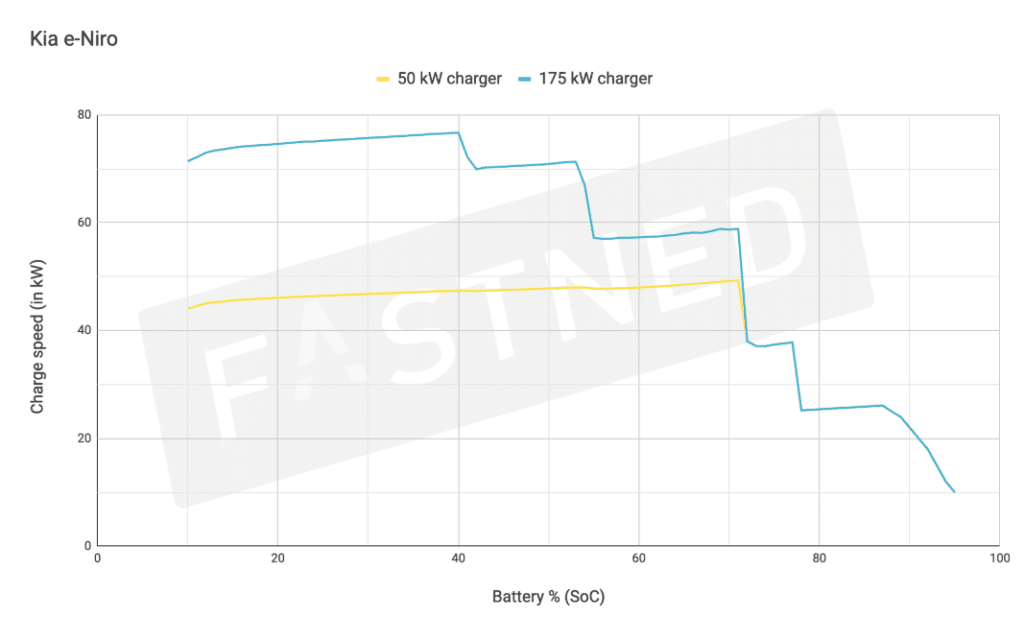
Summary table of recharge times
| Borne 7,2 kW (0 à 100 %) | Borne 50 kW (0 à 80 %) | Borne 100 kW (0 à 80 %) | |
|---|---|---|---|
|
Kia Niro EV 64 kWh
|
10h30
|
64 min
|
41 min
|
|
Hyundai KONA 39 kWh
|
6h24
|
34 min
|
26 min
|
|
Hyundai KONA 64 kWh
|
10h27
|
56 min
|
42 min
|
Dimensions and weight
The Hyundai KONA and KIA Niro EV have different designs. While the KONA is positioned as an urban SUV, the Niro EV is more like a truck. In fact, the Niro EV is about 20 cm longer than the KONA. The difference is noticeable in terms of rear-seat legroom and boot space.
The Niro EV has 451 litres of boot space, 119 litres more than the KONA, which has 332 litres. The difference is even more noticeable when the rear seats are folded down. At 1405 litres, the Niro EV's load space is 291 litres larger than the 1114 litres of its rival, the Hyundai KONA.
The wheelbase, i.e. the length between the front and rear axles, is 2.6 metres. That's 10 centimetres less than on the Niro EV, and 10 centimetres less for the rear seats.
For both the Niro EV and the KONA, the battery has an impact on weight. The 39 kWh version of the Kona weighs 1,535 kg, less than the 1,757 kg of the Niro EV 64 kWh. The 64 kWh battery version of the KONA weighs in at 1685 kg.
Victory for the KIA Niro EV
Summary table of dimensions
| Kia Niro EV | Hyundai KONA | |
|---|---|---|
|
Length (in cm)
|
4420
|
4180
|
|
Width (in cm)
|
1825
|
1800
|
|
Height (in cm)
|
1585
|
1570
|
|
Wheelbase (cm)
|
2720
|
2600
|
|
Boot volume/maximum volume (in L)
|
475/1392
|
332/1114
|
Availability and prices
Priced from €34,900 (excluding incentives and bonuses) with Intuitive trim and 39 kWh battery, the Hyundai KONA takes the prize for the cheapest Korean electric SUV.
In this entry-level trim, the KONA is very well equipped, with a 7-inch touchscreen compatible with Android Auto/Apple CarPlay, cruise control, automatic headlights and automatic climate control.
To access the long-range version with the 64 kWh battery, you will need to pay €39,700 (excluding premiums and bonuses). Prices then rise to €46,400 for the Executive trim, the top-of-the-range version of the model. From 2020, the 64 kWh battery version will feature a new 11 kW charger.
At KIA, the entry price is €41,990 (excluding bonuses). For this price, you can get the ACTIVE trim at €43,990 and the PREMIUM trim at €45,590.
Victory for the Hyundai KONA
Read also : Regional aid for the purchase of an electric vehicle in the Paris Region
Kia Niro EV VS Hyundai KONA: the result
Summary of points :
- Performance: Draw
- Autonomy: Victory for the Hyundai KONA
- Reload: Draw
- Dimensions and weight: Victory for the KIA Niro EV
- Availability and prices: The Hyundai KONA wins
With 4 points for the Hyundai KONA and 3 points for the KIA e-Niro, it is therefore the winning KONA.
It's a very close match between the two electric SUVs from Hyundai and KIA. Both based on the same technical platform, the Korean group is demonstrating its expertise in long-range electric vehicles.
Today, however, there is a price difference of €3,600 between the two entry-level rivals.
While the KONA is presented as a sporty little urban SUV, the KIA Niro EV is more like a relaxed wagon you can take away for the weekend.
Read the full technical specifications for Hyundai KONA electric and KIA NiroEV
Which do you prefer? Which one do you prefer? Tell us all about it in the comments.
